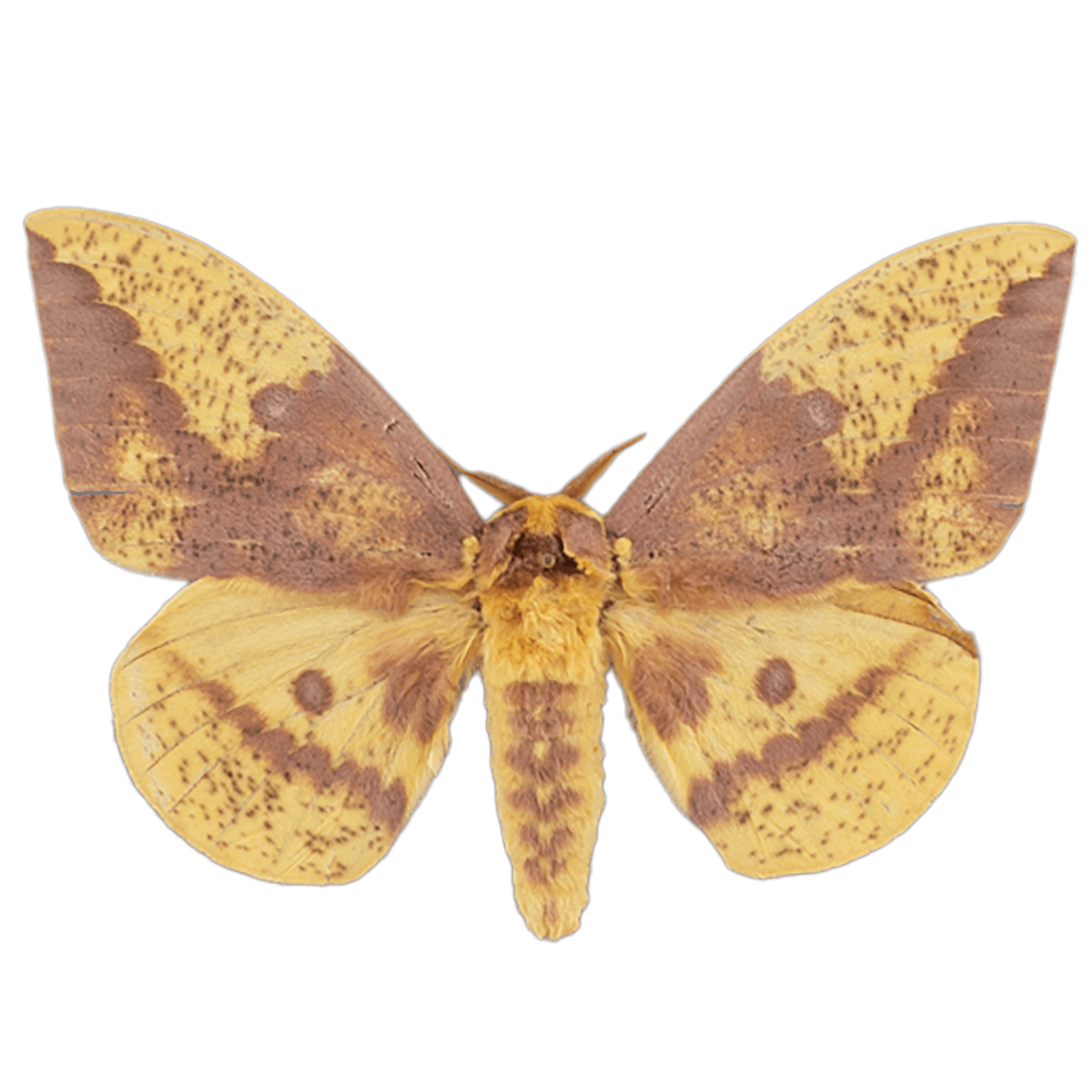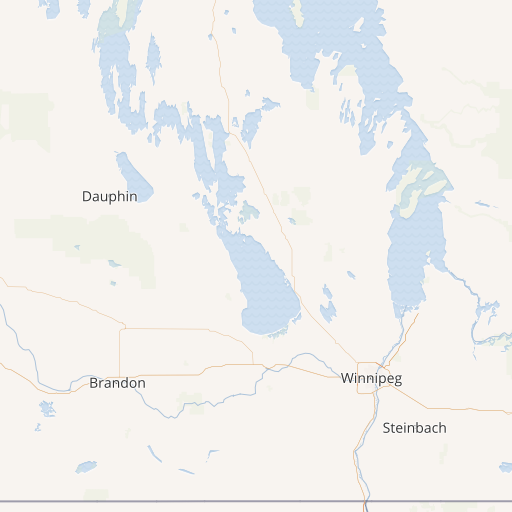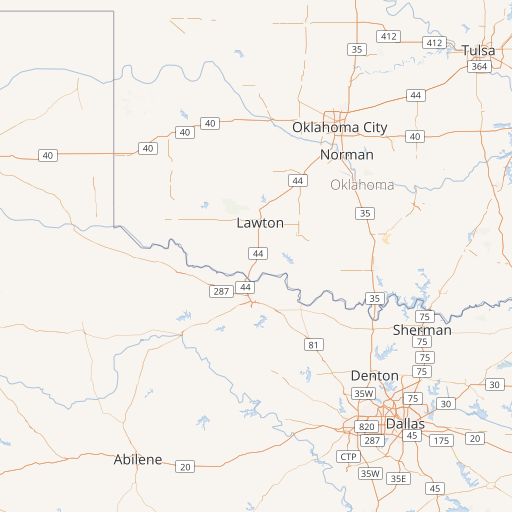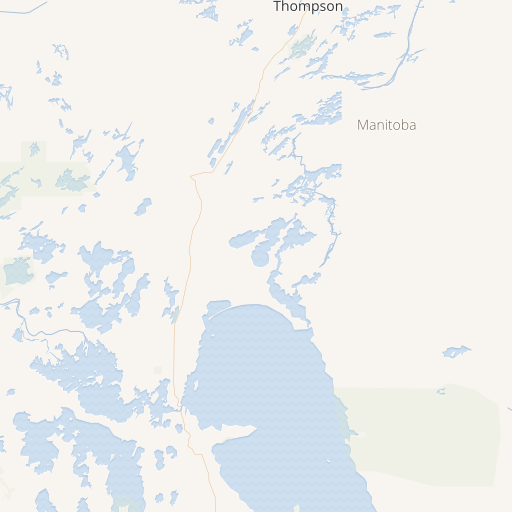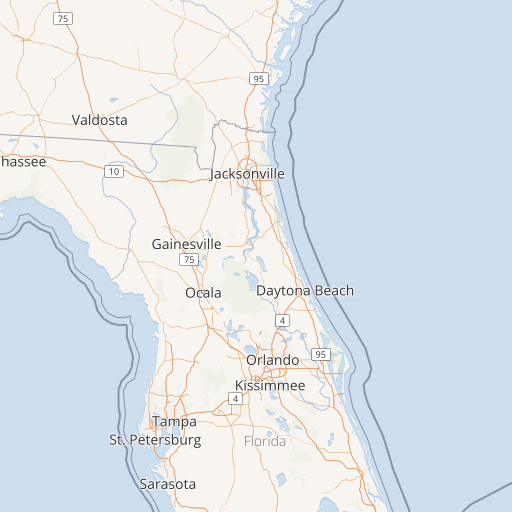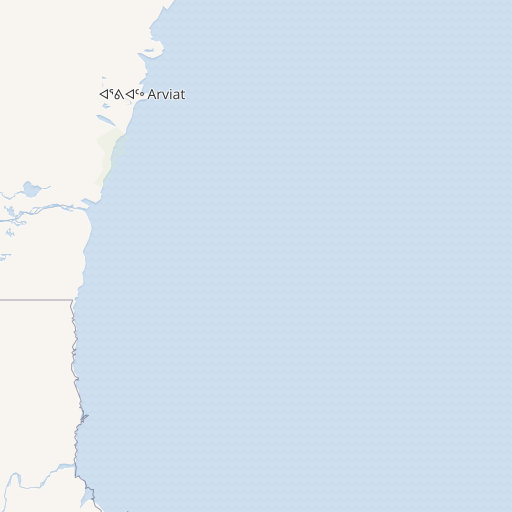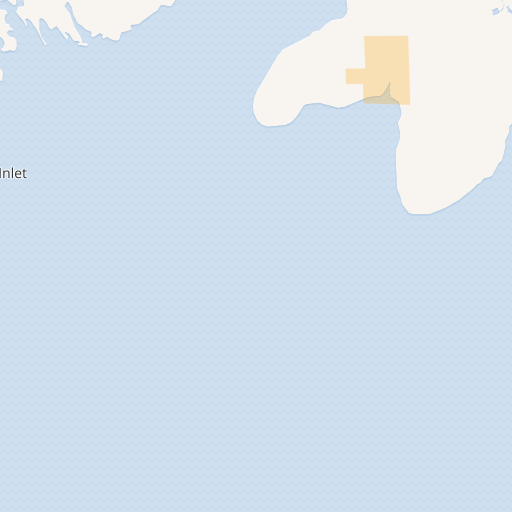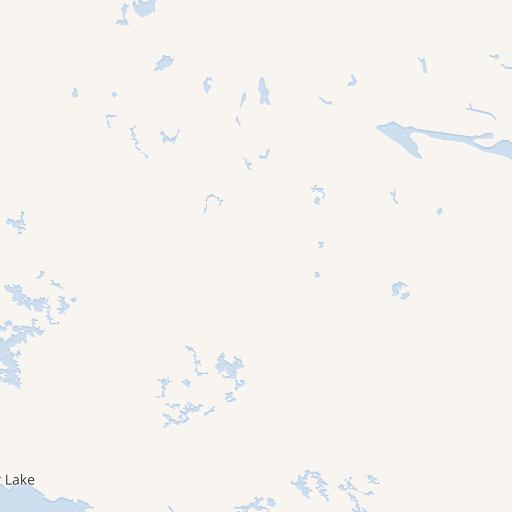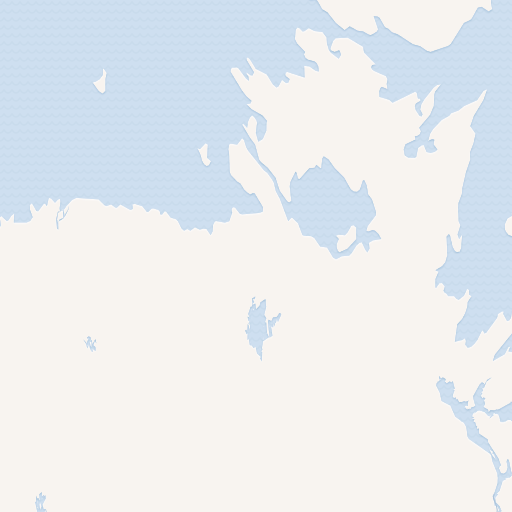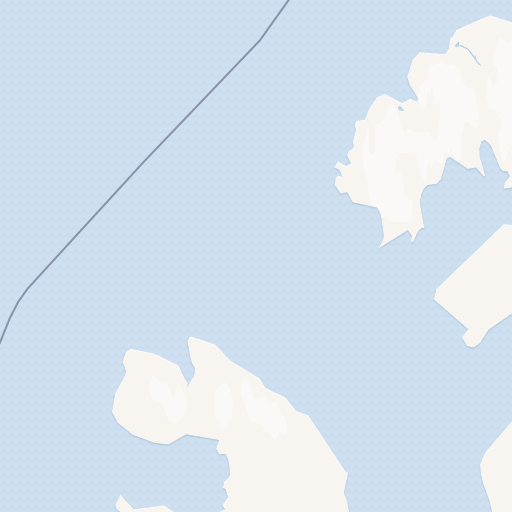About
The Eacles imperialis, commonly known as the Imperial Moth, is a large and striking species found throughout the eastern United States. Females of this species are more yellow in color, while males have more purple and brown splotches on their wings. The legs of this moth are mostly covered in purple hairs, adding to their unique appearance. The wings of the Imperial Moth look like a fallen leaf, with a dark brown and tan coloration and a distinct pattern of lighter and darker patches.
A fun fact about the Imperial Moth is that it is sometimes called the “regal moth” due to its impressive size and appearance. The caterpillars of this species are known for their distinctive hump, which gives them a unique and memorable appearance. The scientific name of this species, Eacles imperialis, includes the Greek word “imperialis,” which means “of the emperor,” perhaps referring to the moth’s regal and imposing appearance.
Deciduous, mixed, and coniferous forests
